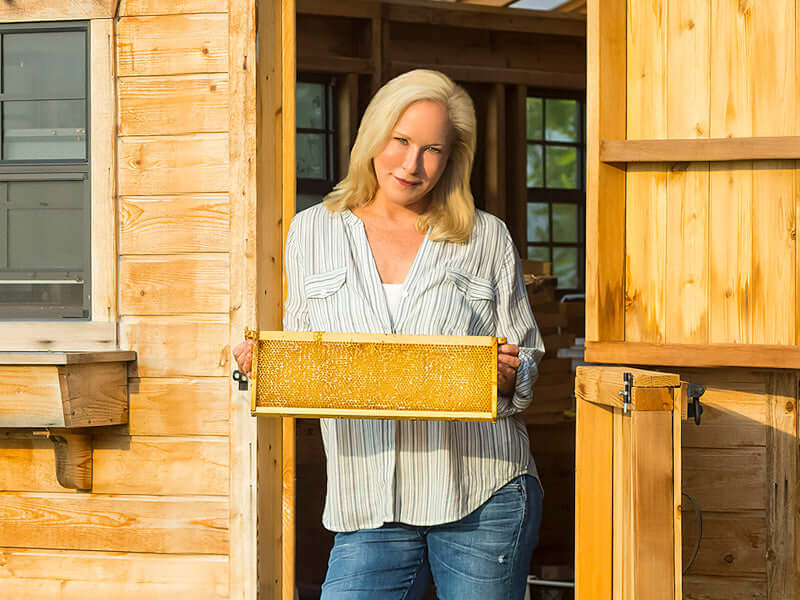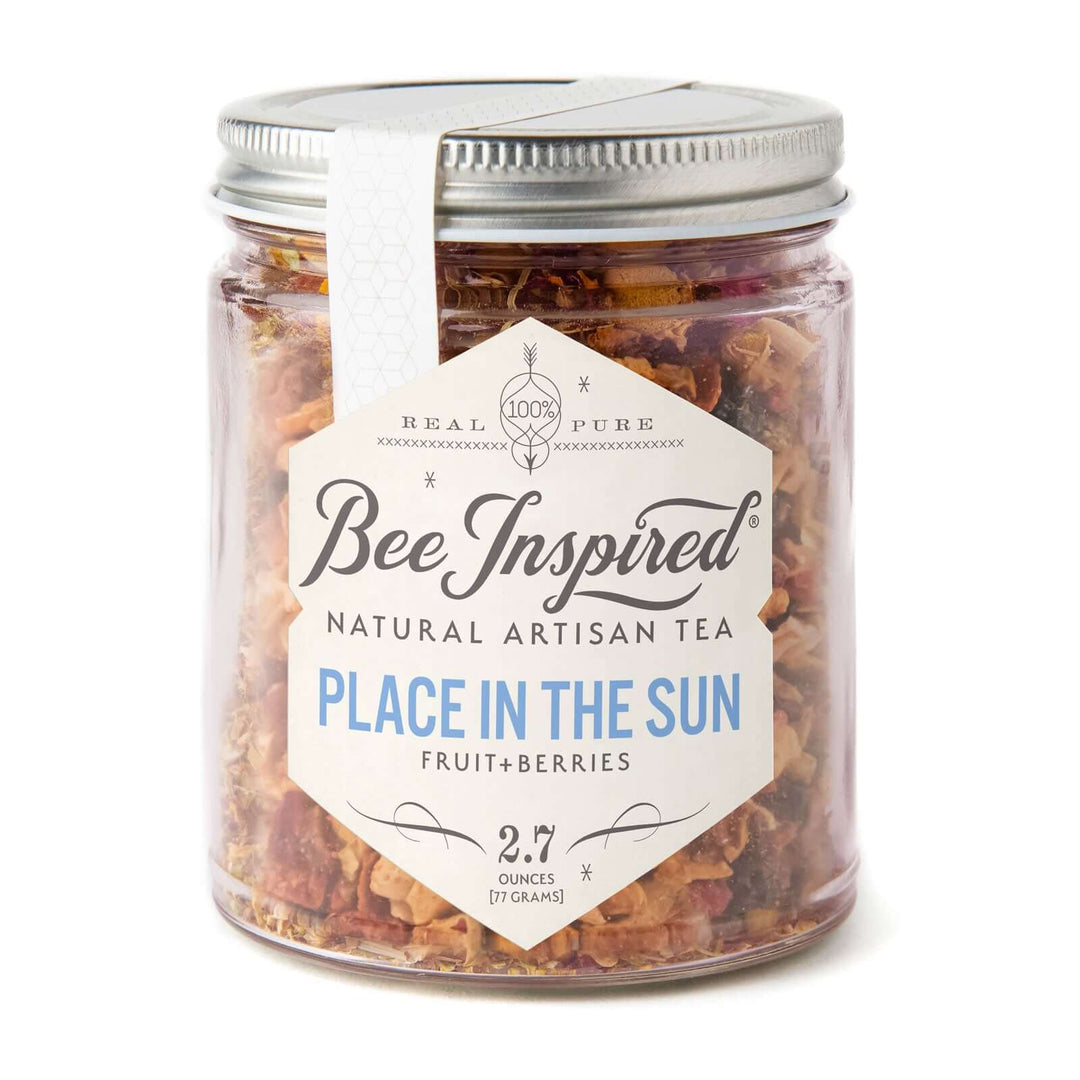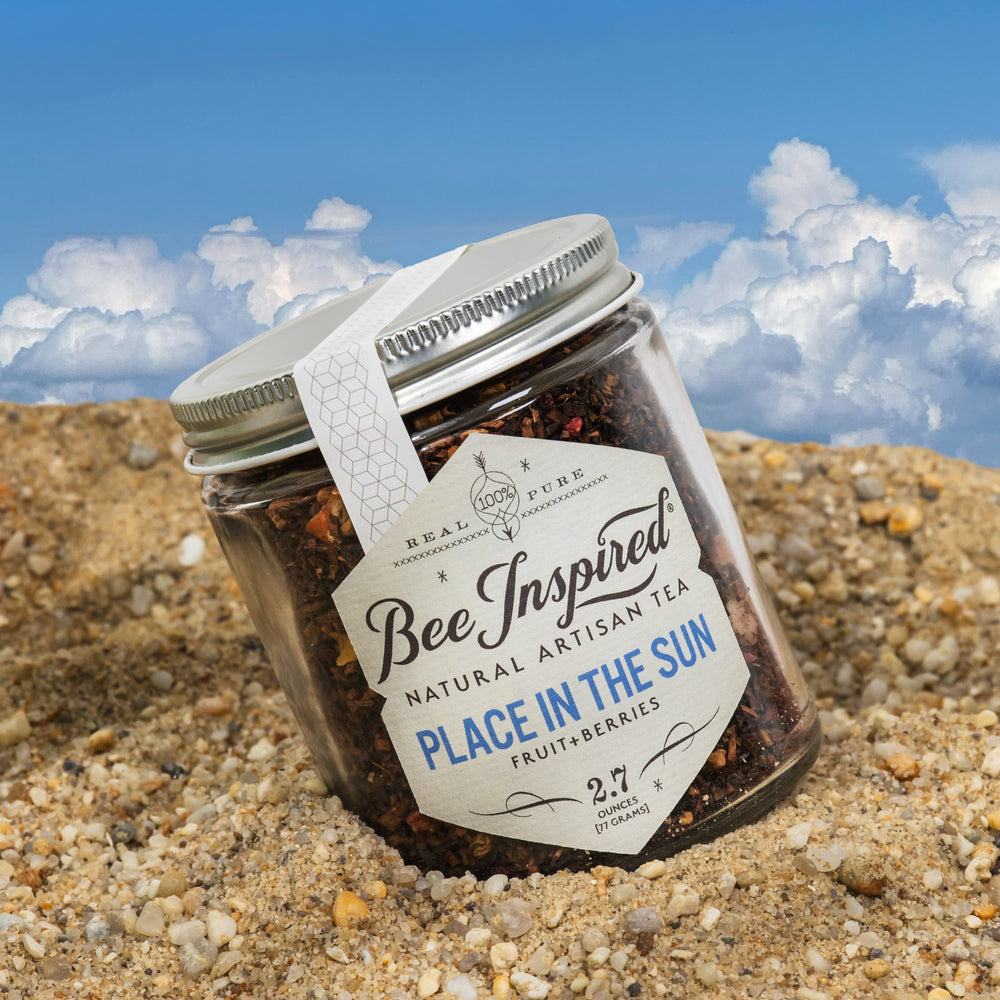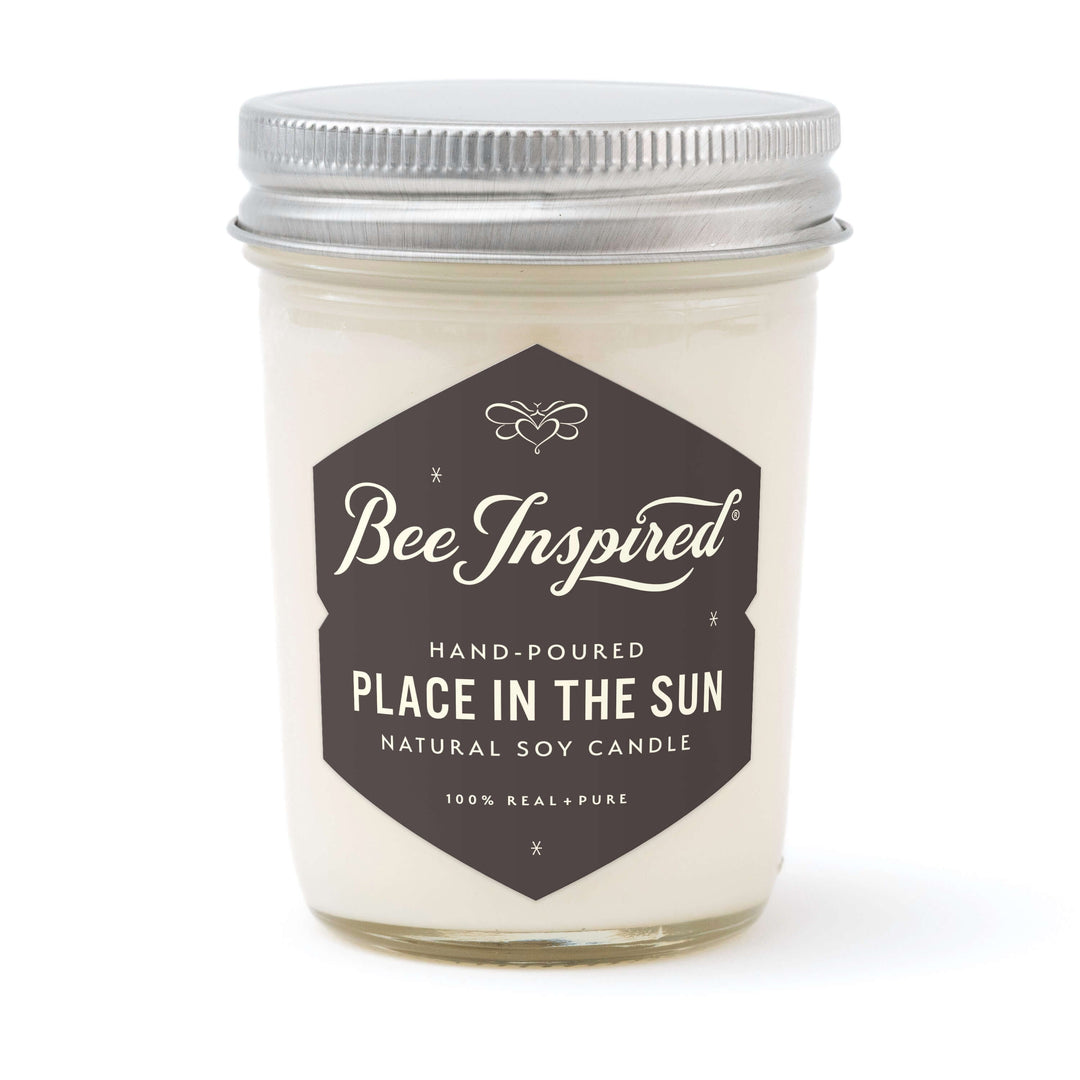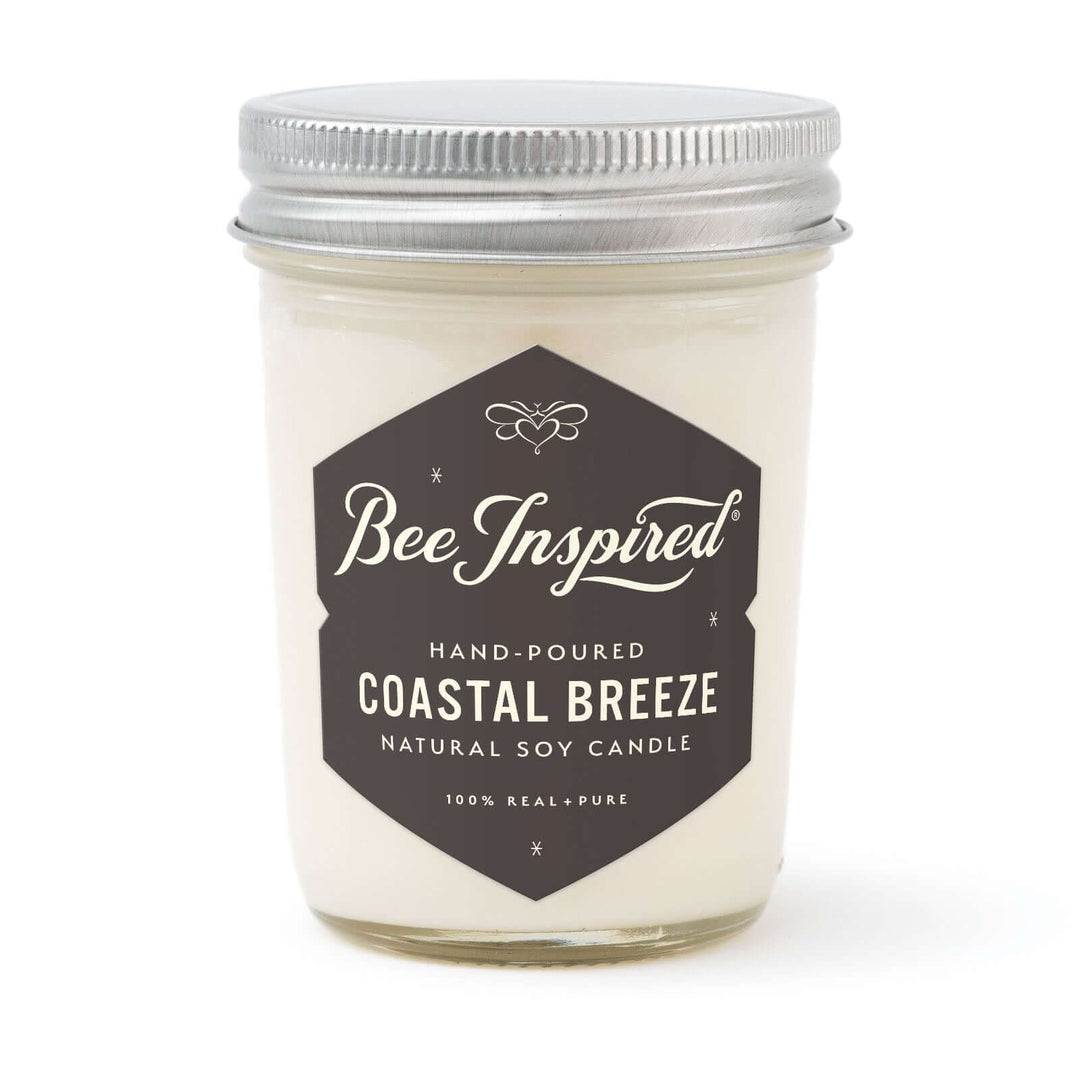The global honey industry is far more complex than the simple sweetness we enjoy on our morning toast. Behind every jar of golden honey lies a web of international trade, regulatory challenges, and quality battles that directly impact beekeepers, consumers, and businesses worldwide. Let's dive deep into the current state of this fascinating industry and what it means for honey lovers everywhere.
Watch us harvest honey on our Chesterhaven Beach Farm
The Honey Market Today: Strong Growth Despite Challenges
The global honey market is thriving in 2025. The global honey market size was estimated at USD 9.2 billion in 2024 and is expected to grow at a CAGR of 4.7% from 2025 to 2034, owing to increasing consumer demand for natural sweeteners. This growth reflects consumers' shift toward natural products and awareness of honey's health benefits.
In the United States specifically, the market shows even stronger growth potential. The United States honey market was valued at US$ 2,736.8 million in 2023 and is projected to attain a market valuation of US$ 9,476.4 million by 2032 at a CAGR of 15.62% during the forecast period 2024–2032.

Support small beekeepers and explore our kosher raw honey collection
America's Honey Gap: Still a Major Challenge
The United States continues to face a significant honey shortage that has persisted for decades. While historical data from 2013 showed the U.S. produced 150 million pounds of honey per year but consumed 400-450 million pounds, this gap remains substantial today. In 2023, the production volume of all honey in the U.S. amounted to approximately 138.57 thousand pounds. Meanwhile, the value of honey production in the United States came to around 349.2 million U.S. dollars in 2023.
The 2025 Bee Crisis: Unprecedented Losses
The situation has become critical in 2025, with beekeepers facing devastating losses. Researchers at Washington State University projected that honeybee colonies in the U.S. could decline by up to 70% this year. This represents a dramatic increase from the typical 40-50% annual losses seen in recent years.
Washington State University entomologists announced this week that commercial honey bee colony losses are projected to reach between 60% and 70% in 2025. The implications are severe: "I don't want to be a fearmonger, but this level of national loss could mean increased bankruptcies amongst beekeepers," Brandon Hopkins, a professor of pollinator ecology at WSU, said in a press release.
The causes are multifaceted. Priya Chakrabarti Basu, an assistant professor of pollinator health and apiculture at WSU told ABC News that honey bee losses could stem from nutrition deficiencies, mite infestations, antibiotic resistant viral diseases and possible pesticide exposure during the previous pollinating season.

The Chinese Honey Controversy: Still Ongoing
The issues with Chinese honey that plagued the industry in 2013 continue today, though the regulatory landscape has evolved. As a result of the determinations by the U.S. Department of Commerce (Commerce) and the U.S. International Trade Commission (ITC) that revocation of the antidumping duty (AD) order on honey from the People's Republic of China (China) would likely lead to a continuation or recurrence of dumping and material injury to an industry in the United States, Commerce is publishing a notice of continuation of the AD order.
The antidumping order, originally implemented in 2001, was renewed again in 2023 and remains in effect. However, China's honey exports globally have grown significantly. From January to October 2024, China exported 139,758 tons of honey products to 100 countries, totaling $255.49 million. This represents a 12.58% increase in volume and a 4.13% rise in value year-on-year.
How Honey Laundering Worked (2013 Research)
The original research from 2013 revealed sophisticated schemes to circumvent Chinese honey restrictions. According to 2013 reports, attorney Mike Coursey described confessions by Alfred L. Wolff Company employees to elaborate schemes to circumvent Chinese honey via Russia, India, Malaysia, South Korea, Mongolia, Indonesia, Taiwan, Philippines and Thailand. These illegal activities had serious consequences, with Wolff fraudulently entering honey valued at $39 million, and over 2,000 drums of honey seized from warehouses in Minnesota, Illinois and Washington.

Quality Concerns: A Continuing Battle
The honey industry continues to face challenges with adulteration and contamination, though enforcement has improved since 2013. Recent FDA findings show ongoing vigilance is necessary, and China often ships honey to other countries, where it is then imported into the United States under a different country of origin.
The safety concerns remain serious. Chinese beekeepers treated their hives with the antibiotic Chloramphenicol to kill the infection. It worked, but there was one problem: that antibiotic is toxic to humans. Chloramphenicol is banned for oral consumption in the U.S. and many other parts of the world. Traces of it can still be found in honey from China.
Global Honey Leaders: The Current Landscape
World Production (2025 Data)
The global honey production landscape has shifted since 2013. In 2021, the global production of natural honey was led by China, emerging as the undisputed leader with an impressive production volume of 472.7 thousand metric tons.
Interestingly, The country that produces the most honey in the world is Iran. Iran, located in the Middle East, produces approximately 77,000 tons of honey every year. However, there appears to be some discrepancy in recent data sources regarding the #1 producer globally.
U.S. Production by State (2024 Data)
North Dakota produces approximately 19,000 tons of honey every year. On its own, it is one of the biggest producers of honey in the world. There are a few other states that also produce a lot of honey. Some of the other major producers include South Dakota, California, and Montana.

Our Blackberry Honey is from the Pacific Northwest
The Science Behind Honey: Why Authenticity Matters
One of the most fascinating aspects of the modern honey industry is the growing need for scientific authentication. The 2013 research highlighted this need, noting there was an imperative to create a broader scientific database of primary honey samples to assess the complex chemical profiles of the world's growing diversity of honey supply.
The complexity of honey composition is remarkable, with a wide range of variables such as floral source, climate, elevation, season, soil content and atmospheric content affecting the photosynthetic and metabolic processes which determine the chemistry of the world's diversity of honey.
Beyond Honey: The Broader Bee Economy
The honey industry extends far beyond the sweet stuff. Pollination services represent a massive economic opportunity. California almonds are the biggest crop for honey bee pollination, which happens in February and March, according to Hopkins. "The almond industry frequently asks for strong colonies," Hopkins said in the release. "But this year, growers are desperate," he added. "Anything with live bees in a box is in demand because the industry is short on supply. I haven't heard of that since the early days of colony collapse around 2008."
The economic impact is substantial. Honey bees had a production value of nearly $350 million in 2023, according to the USDA. Moreover, about 35% of the world's food crops depend on animal pollinators to produce.
Other Valuable Bee Products
Based on 2013 research, other bee products include:
- Beeswax: About four million pounds produced annually, valued at about $7.0 million
- Propolis: Used in natural medicines, including antibiotics and anti-tumor agents
- Royal Jelly: Increasingly popular in health and wellness products

Consumer Trends and Market Insights (2024-2025)
Organic Honey Dominates
Organic honey dominates the market with a commanding 78% market share, indicating a strong preference among consumers for natural and sustainably produced honey products. This represents a significant shift toward premium, authentic products.
U.S. Consumer Preferences (2024)
In the fiercely competitive USA honey market, the Clover honey segment has emerged as a dominant force, capturing a remarkable 33.69% revenue share. The appeal comes from its unique floral flavor, which sets it apart from other honey variants. This distinct taste profile makes it a preferred choice for culinary applications.
Import Dependence
Given the shortfall in domestic production, the USA relies heavily on imports to meet its honey demand. Countries like Argentina, Vietnam, India, Ukraine, and Brazil are among the top exporters of honey to the USA.

Our Coffee Blossom Honey is imported from a small beekeeper in Guatemala
Quality and Traceability: Modern Solutions
The industry has made significant strides in addressing quality concerns since the problems highlighted in 2013. To counteract this, many authentic producers are investing in traceability technologies, ensuring that consumers can verify the product's journey from hive to shelf.
What This Means for Honey Lovers in 2025
Understanding the complexity of the honey industry helps consumers make more informed choices. When selecting honey:
- Choose reputable suppliers who prioritize quality and transparency
- Look for local sources when possible to support domestic beekeepers facing unprecedented challenges
- Understand that pure honey costs more than adulterated alternatives for good reason
- Explore different varieties to appreciate honey's natural diversity
- Support organic and certified products when possible

A lot of our honey, including Wildflower, is local to the North Eastern United States
The Sweet Future: Challenges and Opportunities
The honey industry stands at a critical juncture in 2025. While the severe bee colony losses and ongoing quality concerns present serious challenges, the market shows strong growth potential driven by health-conscious consumers and innovative applications.
The increasing focus on healthy and organic food products will drive demand for naturally made honey, opening a door for US producers. Additionally, climate change mitigation strategies and improved beekeeping practices offer hope for the future.
The next time you burn a beeswax candle, or drizzle honey into your tea or spread honeycomb on warm bread, remember: you're not just enjoying a sweetener, you're supporting an industry facing unprecedented challenges while working to bring you nature's perfect sweetness. Every purchase matters in supporting sustainable beekeeping practices and ensuring this ancient industry survives for future generations.

Data Notes
- Market data and production figures: 2024-2025 sources
- U.S. colony loss projections: 2025 Washington State University research
- Historical industry challenges and Chinese honey issues: 2013 research by Jeromie Miller
- Current regulatory status: 2023-2025 federal records
References
Kruchkin, Agiimaa. (2012). Beekeeping in the US (IBISWorld Industry Report-11291). Retrieved from Stevenson University, Library Research Database
Mokhiber, R. (2013, March 11). Foley & lardner’s lisa noller on securing deferred prosecution agreements.
National Honey Board. (2012). Market research: Use & Attitude survey.
Phipps, R. (2013a, February 21). The march to monopoly has lost its momentum. Retrieved from http://www.dadant.com/news/international-honey-market-update
Phipps, R. (2013b, February 21). The march to monopoly has lost its momentum: Honey Supply.
Retrieved from International Honey Market Update
Phipps, R. (2013c, February 21). The march to monopoly has lost its momentum: South America. Retrieved from International Honey Market Update
Phipps, R. (2013d, February 21). The march to monopoly has lost its momentum: Asia. Retrieved from International Honey Market Update
Phipps, R. (2013e, February 21). The march to monopoly has lost its momentum: Chinese honey in North America?. Retrieved from International Honey Market Update
Phipps, R. (2013f, February 21). The march to monopoly has lost its momentum: Identifying Honey’s Diverse Botanicals. Retrieved from International Honey Market Update
Phipps, R. (2013g, February 21). The march to monopoly has lost its momentum: Opportunities for Marketing Honey as a Healthy, Natural Product. Retrieved from International Honey Market Update
Taylor, S. (2013, March 13). How to avoid doctored food keeping it real: Prescriptions for avoiding doctored food. Chicago Tribune.
U.S. Department of Agriculture, Fruit and Vegetable Programs. (2013). National honey report (No. XXXIII – 3)






